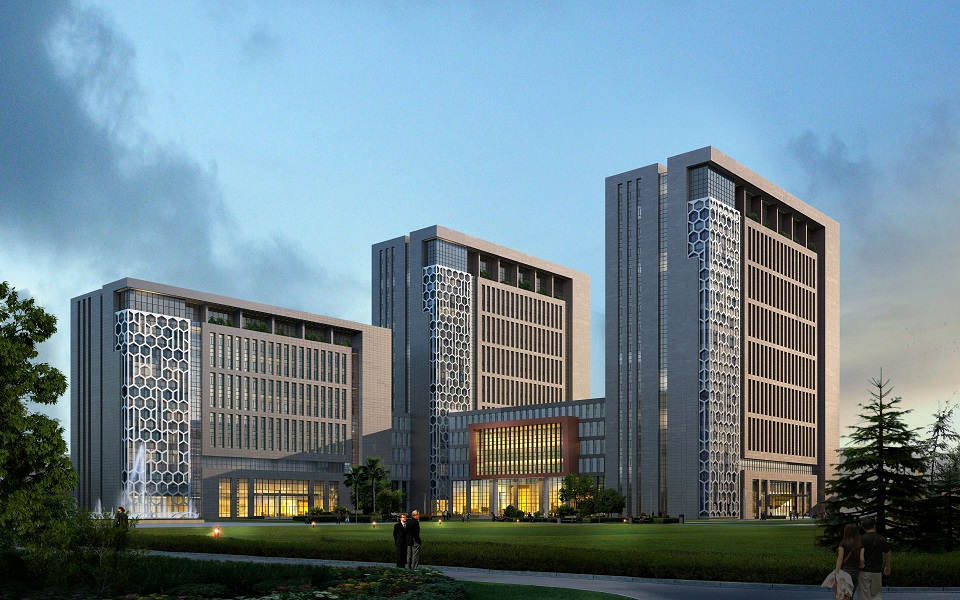Speaker
Description
Space charge effects are known to significantly influence the response of gaseous ionization detectors. In this respect, the Micro Pattern Gaseous Detectors (MPGDs) are no exception. Operating regime, avalanche to streamer transition, gain and different resolutions are affected by the space charge build-up within these detectors. However, despite its conceived importance, it is quite difficult, both experimentally and numerically, to quantitatively estimate the space charge effects. In this work, we will present our attempts within the Garfield++ framework to numerically model the space charge accumulation in three important MPGDs, namely, Micromegas, GEM and THGEM.
Numerical modelling of space charge accumulation is problematic because, by definition, a large number of charge particles are involved in the process. Although conceptually simple, it is computationally very expensive to model the interaction among these particles in a dynamic system. To tackle this problem, we have introduced several simplifying assumptions, as well as made extensive use of parallelization in the neBEM solver, which is an integral part of the Garfield++ distribution. Various representations of space charge have been attempted. For example, they have been represented as point charges, line charges and area charges. Both OpenMP and GPU-based CUDA have been implemented to accelerate computations. The effects of these variations have been explored by studying few figures of merit related to these detectors to optimize the models.
The results obtained have been compared with those achieved using fluid model based on a commercial FEM package. To our great satisfaction, the models, although very fundamentally different, seem to yield similar results. In our presentation, we will share our experience of these initial attempts, discuss the results obtained, and the pros and cons of different approaches explored during the investigations.
